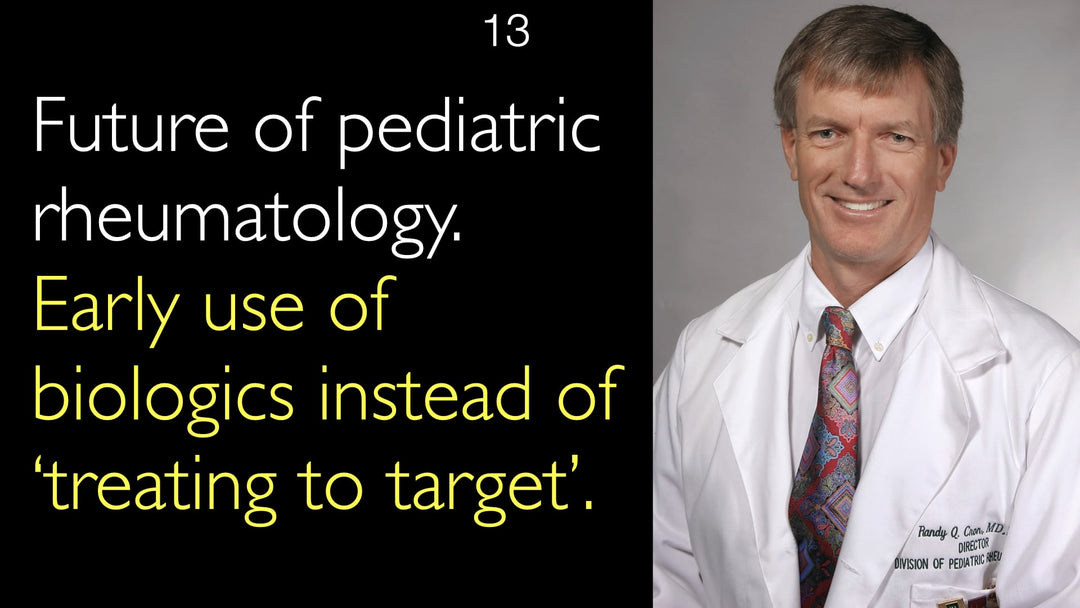Leading expert in cartilage repair and knee injuries, Dr. Matthias Steinwachs, MD, explains the unique challenges of treating athletes. He details the need for superior tissue quality to withstand extreme mechanical loads. Dr. Matthias Steinwachs, MD, emphasizes the critical balance between accelerated rehabilitation timelines and the biological time required for proper tissue maturation. He advocates for advanced regenerative techniques and a meticulously controlled, stepwise rehabilitation protocol to ensure a successful return to sport.
Optimizing Cartilage Repair and Rehabilitation for Athletes with Knee Injuries
Jump To Section
- Athlete vs. Non-Athlete Knee Injuries
- Cartilage Tissue Quality Requirements
- Regenerative Techniques for High Performance
- Rehabilitation Time Window Challenges
- Stepwise Activity Increase Protocol
- Full Transcript
Athlete vs. Non-Athlete Knee Injuries
Dr. Matthias Steinwachs, MD, highlights a fundamental difference in treating knee injuries. The primary challenge for athletes is the immense mechanical load their repaired knee must eventually endure. This load far exceeds the demands placed on a knee in a non-athlete's daily life. Consequently, the goals and success metrics for surgery and rehabilitation are entirely different for this population.
Cartilage Tissue Quality Requirements
The ultimate goal for an athlete is a full return to sport. Dr. Steinwachs, MD, states that this requires restoring a "high quality of cartilage tissue." For a non-athlete, a repair that allows for 100% of normal daily activity may be considered a success. However, for an athlete, that same repair is insufficient. They need tissue capable of performing at 150% capacity to handle the rigors of competitive sports, making tissue quality the paramount concern.
Regenerative Techniques for High Performance
Selecting the right surgical technique is critical. Dr. Matthias Steinwachs, MD, explains that not all regenerative cartilage repair procedures are equal. The chosen method must be capable of generating the highest quality tissue possible. This often means opting for more advanced biologic or engineered solutions that promote the growth of durable, hyaline-like cartilage rather than weaker fibrocartilage, which is a key factor discussed by Dr. Steinwachs in his interview with Dr. Anton Titov, MD.
Rehabilitation Time Window Challenges
A significant conflict exists between an athlete's desire for a quick return and biology's need for time. Dr. Steinwachs, MD, points out that athletes need to come back to sport "as fast as possible." However, the regenerative process for cartilage is not something that can be rushed. The tissue needs sufficient time to mature and develop the structural integrity required for high-impact activities. Managing this time window is a central challenge in sports medicine.
Stepwise Activity Increase Protocol
The rehabilitation process must be meticulously planned and executed. Dr. Matthias Steinwachs, MD, emphasizes the need for an "excellent rehabilitation" program. This protocol must achieve two opposing goals: it must protect the healing process from overload in the early stages while simultaneously allowing for a controlled, stepwise increase in activity. This careful balance prevents re-injury and ensures the new tissue adapts to increasing demands, a concept Dr. Steinwachs detailed for Dr. Anton Titov, MD.
Full Transcript
Dr. Matthias Steinwachs, MD: Professor Steinwachs, you are a renowned orthopedic surgeon specializing in cartilage repair in knee injuries, especially in athletes. What are particular challenges in sports-related injuries of the knee compared to knee, ligament, and cartilage injuries in non-athletes?
Dr. Matthias Steinwachs, MD: The main point is that athletes have a much higher load and mechanical activity in the regenerative tissue overall. In cartilage regeneration, we have a higher load after rehabilitation in those cases. So it’s very important to restore a high quality of cartilage tissue because otherwise, the athletes are not able to return to sport.
Compared to normal people, we can use regenerative techniques for cartilage repair which allow 100% activity but not 150% activity. And this is the main point.
The other point is the time window for rehabilitation. Because athletes need to come back to sport as early and as fast as possible. That’s true. On the other hand, the regenerative process in humans needs time.
Maturation for cartilage to develop high quality, in the end, to allow sports needs time too. So you have to define the good technique which allows the highest quality of cartilage. And you need a very excellent rehabilitation to avoid overloading too early and protect the healing process in a good way and allow a stepwise increase in activity.
So this is, I would say, one of the critical points.







